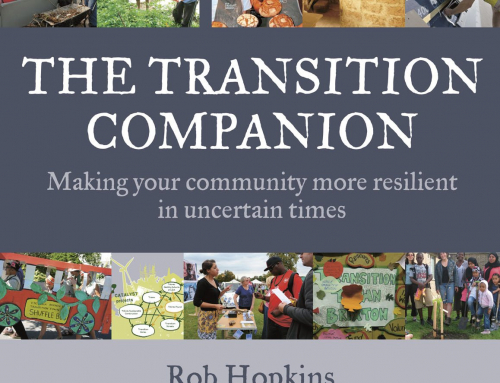The organiser of a conference in Poland asked me write an introduction to the programme: what is social innvation, and why does it matter?
For years, business has tended to assume that “being innovative” is the same “introduce new technology”. Companies all over the world innovate like crazy, and compete like mad, to bring out some new ….thing….at ever increasing rates.
Do we need a new product every three minutes? I don’t think so. On the contrary: the survey evidence is overwhelming that citizens despair at this flood of often pointless trash they are told will make them happy.
At the same time, state spending on public services in many countries is likely to shrink by a staggering 20-40 percent in the coming years as the bill for the financial bailout comes due. In the coming social economy, the role of governments in countries will unavoidably change, and radically, away from the point-to-mass delivery of centrally-produced and paid-for services.
In this context of profound transformation, social innovation has been promoted in three very different ways.
First, some advocates see social innovation as a new way for governments to tackle such social problems as crime, obesity, or an ageing population.
A second approach is to see social innovation as the way to reach a new market for paid-for services – such as health-monitoring.
A third way to think of social innovation is as the emergence of a totally new kind of economy.
Common to all three approaches is the potential of social innovation as a way to co-design, with citizens and communities, lighter ways to organize daily life. When any of these small design steps succeed, even in part, others can quickly adapt them for their own communities and multiply them on a larger scale.
Social innovation best contributes to the emergence of a new economy when it supports the efficient use of local resources. In the radically lighter economy whose green shoots are now poking above ground, we will share all resources, such as energy, physical materials, time, skills, software, space, and food. To do so, we will use social systems—and sometimes networked communications -m in new ways.
A key role in the social economy will be played by new kinds of “social incubators”. These are places, platforms and organisations that enable people to connect and coordinate with each other more easily and convivially than is possible now. These places enable access to space, resources, connections, knowledge, experience and investment.
When regions think about innovation, they often make the mistake of limiting their expectations, too narrowly, to technology. Technical advantages are costly to achieve—and often short lived because everyone else is looking in the same place. That said, a social economy will still depend on some technology. Distributed networks will be used intensively. Relationships will be sustained by the intensive use of broadband, mobile and other means of communication. But a social economy will be radically less resource-intensive than the one we have now.
# See also Design Observer’s excellent annotated bibliography of design and the social sector.



